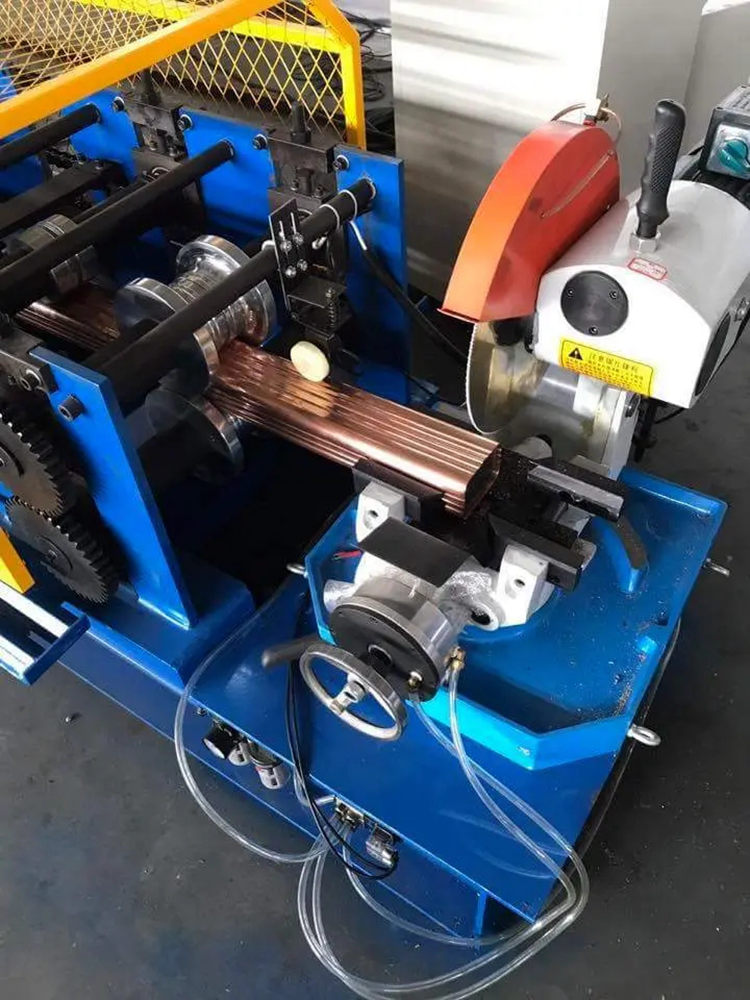
Understanding Color Steel Coils PPGI, ASTM, AISI, and GB Standards
Color steel coils have become an essential material in various industries, thanks to their aesthetic appeal, durability, and versatility. Among the variety of color-coated steel products available, Prepainted Galvanized Iron (PPGI) is highly regarded due to its exceptional properties and applications. This article delves into the specifications and standards surrounding PPGI, including ASTM, AISI, and GB, which are critical for ensuring quality and performance in the global marketplace.
What is PPGI?
Prepainted Galvanized Iron (PPGI) refers to steel sheets coated with a layer of zinc, which is then painted to enhance its visual properties and corrosion resistance. The process typically involves electro-galvanizing the steel substrate before applying a layer of paint, providing a robust barrier against rust and environmental degradation. The majority of PPGI products are available in various colors and finishes, making them suitable for a wide range of applications, including roofing, wall cladding, appliances, and more.
Standards Governing PPGI
To ensure quality and compatibility across international markets, various standards govern the production and testing of PPGI. Among these, ASTM (American Society for Testing and Materials), AISI (American Iron and Steel Institute), and GB (Guobiao, or National Standards of the People's Republic of China) are some of the most influential guidelines.
1. ASTM Standards ASTM provides standardized specifications for materials, which promote quality assurance in manufacturing practices. The most relevant ASTM standards for PPGI products include ASTM A653, which offers guidelines on the hot-dipped galvanized steel sheets, and ASTM A755, which focuses on the coil coating systems. These standards specify requirements for material thickness, coating weight, finish, and paint adhesion, ensuring that PPGI products meet safety and durability criteria.

2. AISI Guidelines The AISI provides guidelines primarily for the classification of different steel grades based on their chemical compositions and properties. For PPGI, AISI defines various grades that are suitable for different applications, from automotive to construction. Understanding the AISI classification can help manufacturers and consumers select the appropriate steel type based on mechanical properties, structure, and resistance to specific environmental conditions.
3. GB Standards GB standards are fundamental in the Chinese market, covering a wide range of products, including PPGI. The GB standards for galvanized steel sheets (GB/T 2518) and prepainted steel sheets (GB/T 12754) specify the quality requirements, testing methods, and product classifications. Adhering to GB standards is crucial for manufacturers looking to enter the Chinese market, as compliance is often mandatory for international trade.
Advantages of Using PPGI
The use of PPGI has numerous advantages that cater to the demands of various industries
- Corrosion Resistance Due to its zinc coating, PPGI offers excellent protection against corrosion, extending the lifespan of the material in humid or harsh environments. - Aesthetic Appeal The variety of color options and finishes allows for customization, making PPGI a popular choice for architectural designs. - Lightweight and Durable Compared to solid steel, PPGI is significantly lighter while still maintaining strength, making it easier to handle and install. - Cost-Effective The longevity and reduced maintenance needs of PPGI translate to cost savings over the material's lifecycle.
Conclusion
In summary, color steel coils, and specifically PPGI, are vital materials across various industries due to their enhanced properties and aesthetic versatility. Understanding the significance of standards such as ASTM, AISI, and GB is crucial for manufacturers and consumers alike to ensure quality and compliance in the global market. As industries continue to innovate, the demand for PPGI is expected to grow, making it an essential component of future construction and manufacturing projects.